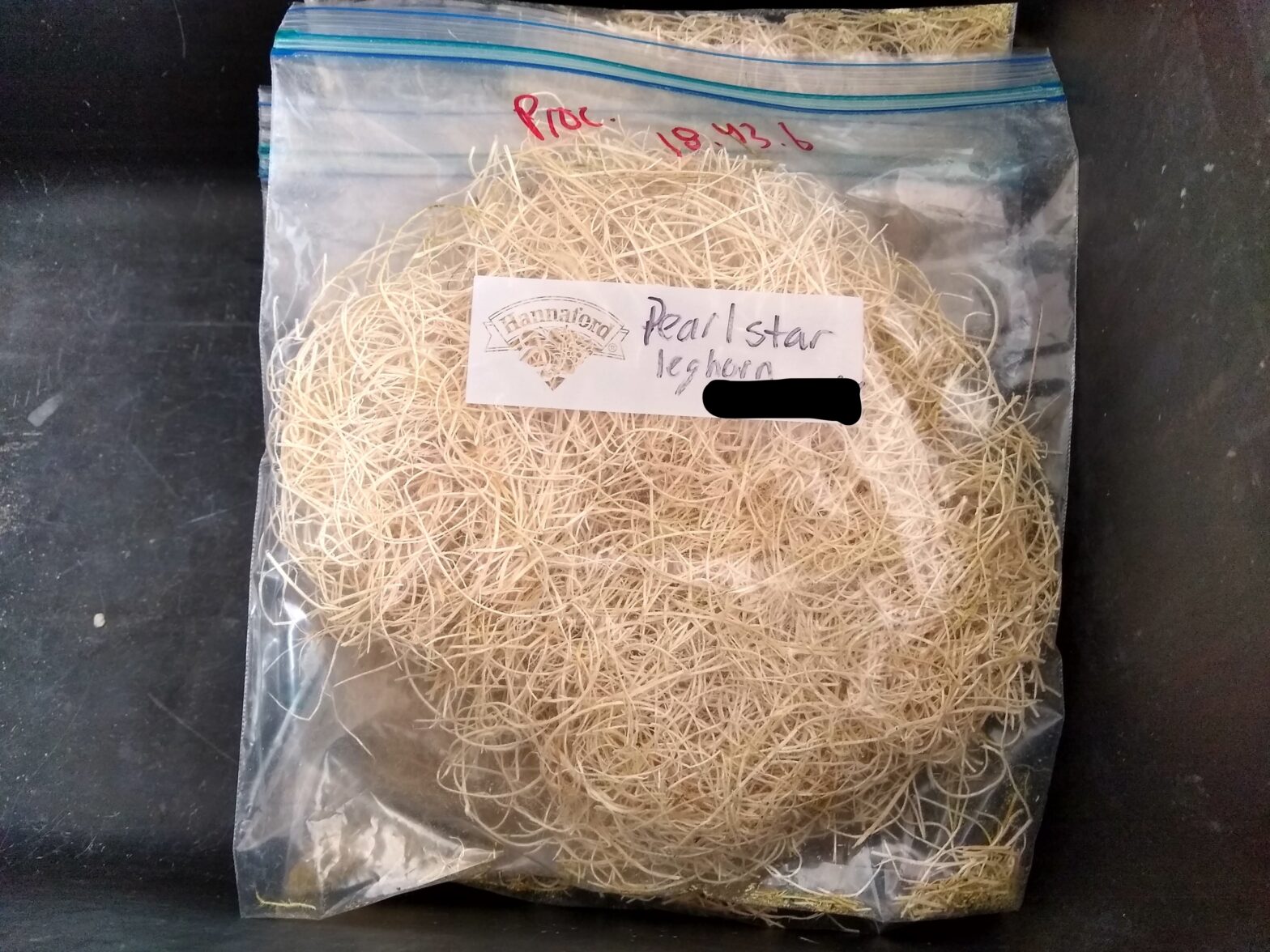Adults:
We’ve added a few more chickens/flocks to our roster since July. We’re now up to 41 flocks (40 hobby flocks). Of these, five have had chickens with Salmonella, with a total of six chickens of 430 having Salmonella.

What does this mean?
- The odds of an individual chicken having Salmonella are pretty low–about 1/100.
- The odds of a flock having a chicken with Salmonella are fairly high–about 12% of flocks have at least one chicken with Salmonella.
Chicks
We have gotten though 211 chick bedding samples since March 2020. We have done 135 this year, and we still have about 65 in the freezer. So far, we have found 35 total chick bedding samples positive for Salmonella (34 this year). Of these, 75% come from hatcheries participating in the National Poultry Improvement Plan for reducing Salmonella. You can also see that we’re finding a lot more Salmonella this year, overall.
We do collect data by hatchery, and we also found a lot of variation by hatchery. Our non-NPIP hatchery had the lowest positivity rate (16% of chick bedding pads contained Salmonella). In one of our NPIP hatcheries, 79% of the chick shipping pads tested positive for Salmonella (in the other, only 21% of pads had Salmonella).

What does this mean?
- This may be a high Salmonella year. Or last year might have been low. Or it might be a difference in where we’re sampling. There are, unfortunately, a lot of possibilities. We’ll know more next year.
- NPIP isn’t working well this year. This may be due to COVID difficulties (inability to get USDA staff people out to monitor hatcheries, etc). It could also be that hatcheries cut corners this year to meet demand (especially after last year) and the USDA hasn’t clamped down on this yet. It’ll be interesting to see what we find next year.
- Looking at trends over time is really important for drawing robust conclusions–last year, it looked like NPIP was really working well. This year, I wouldn’t spend the extra $1.50/bird on an NPIP-certified hatchery chick.
- There is a lot of variation in Salmonella rates among hatcheries.
- “Salmonella-monitored” doesn’t mean “Salmonella free” when it comes to chicks from NPIP-participating hatcheries
- Not kissing your chicks and washing hands after handling your chicks are your best bets for avoiding extra time on the toilet.


